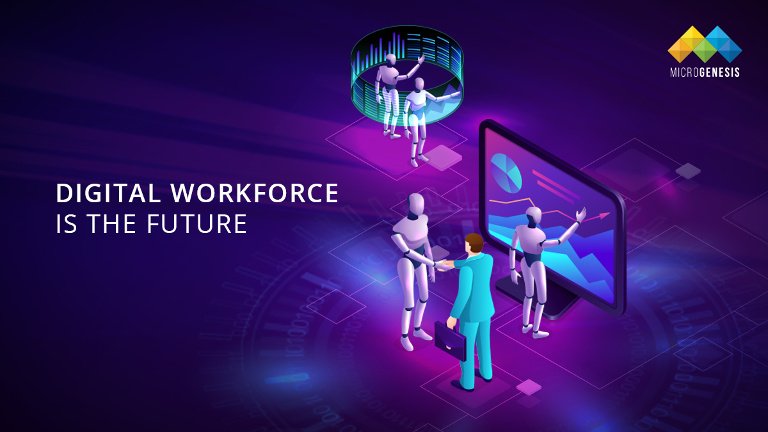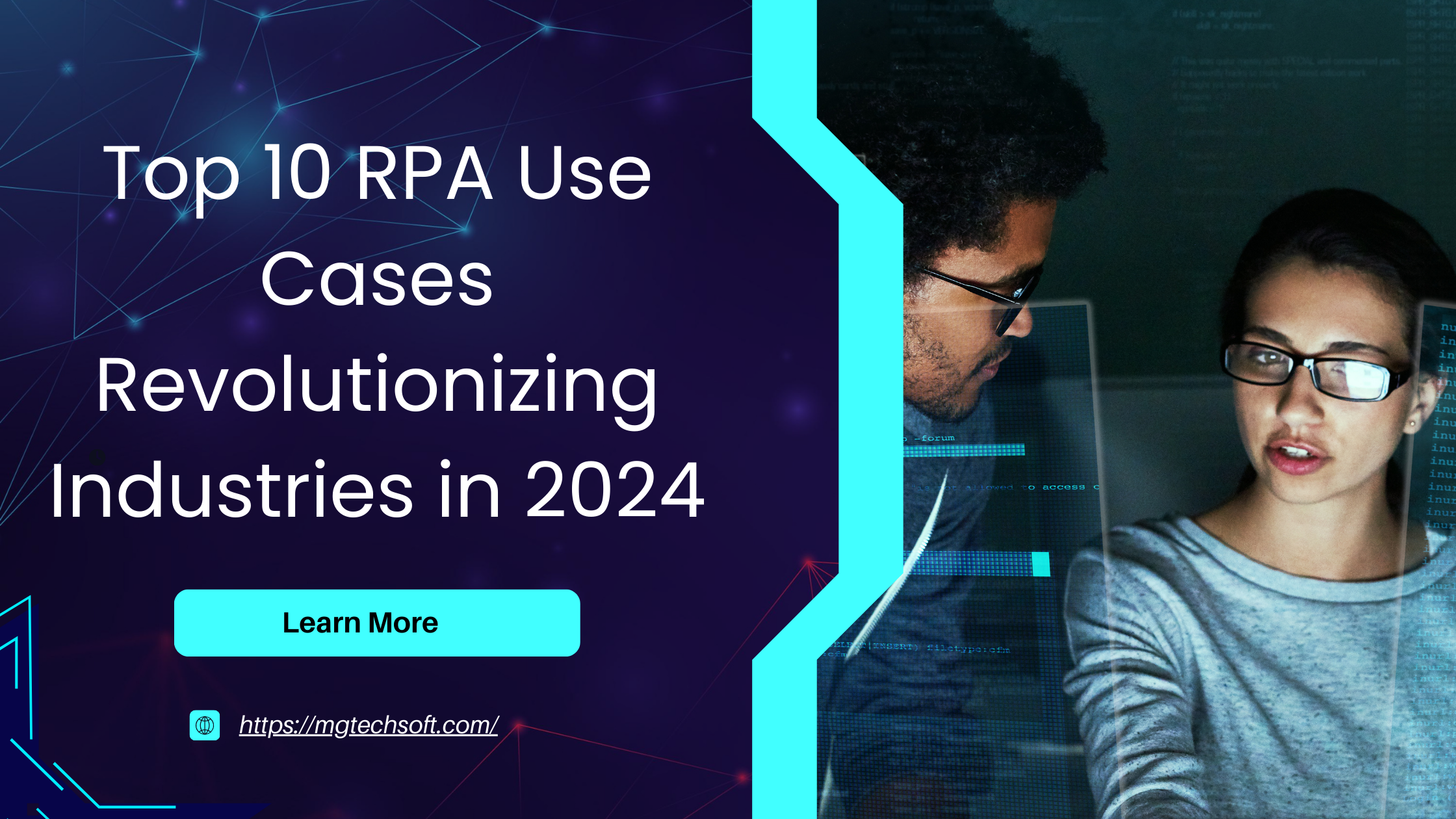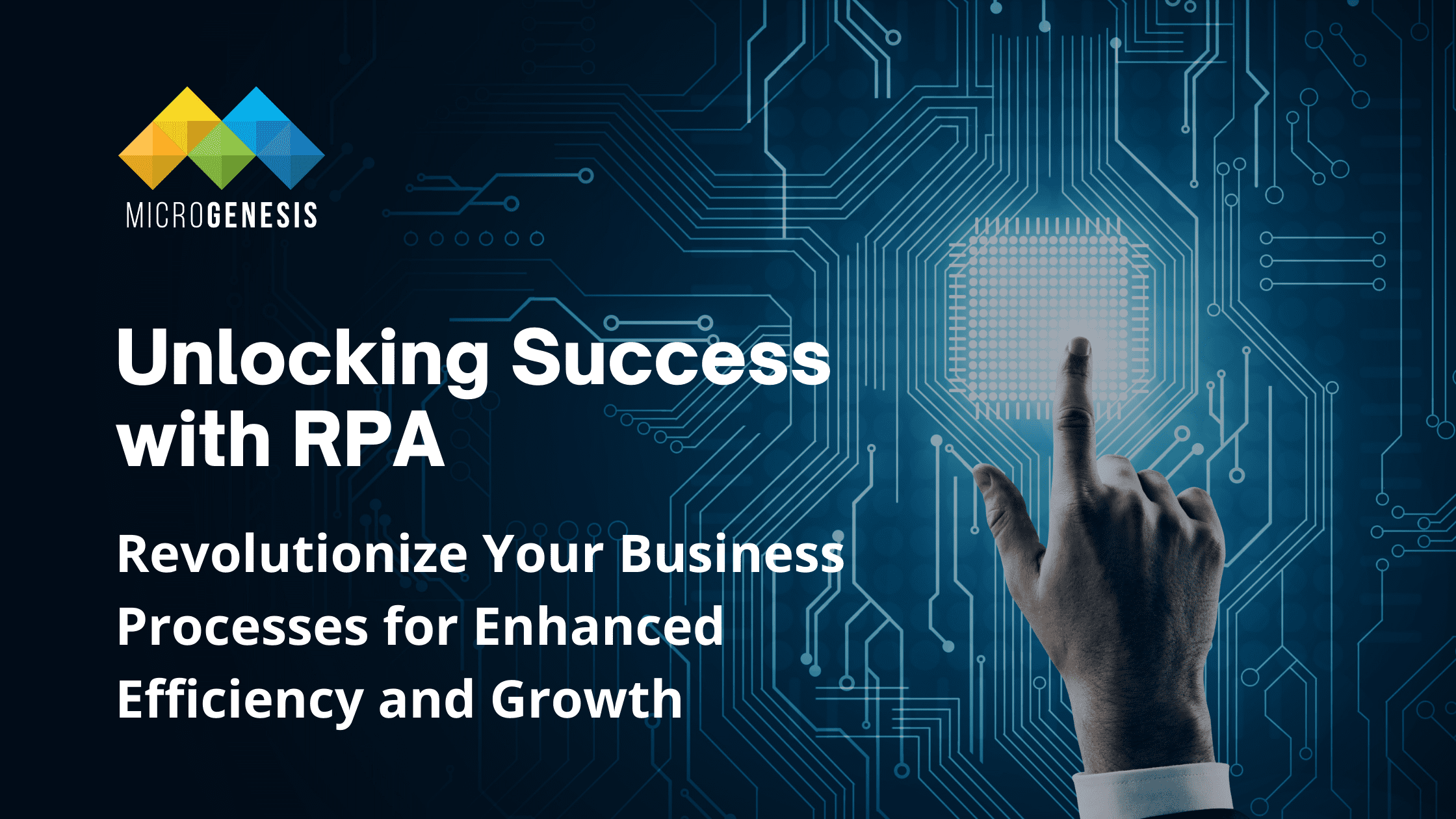What is Digital Workforce?
The phrase “digital workforce” has been coined recently to describe an array of robotic and automated solutions for driving productivity & efficiencies in the workplace. Mostly, the digital workforce is not a physical embodiment of a digital worker but a virtual robot (software) that will function in the background. For enterprises, the introduction of Robotic Process Automation (RPA) has resulted in substantial reduction of headcount in highly manual and cost-intensive processes.
Traditionally, we’re more accustomed to hardware robots like the ones seen in a typical automotive manufacturer than software robots. Thus, it was sort of a challenge for people to understand why digital workers were being introduced and how this digital workforce would impact and what they do on a day to day basis. Hence the move was initially met with a lot of apprehension and dismay by many stakeholders. However after witnessing how the new age Digital Workers helped the employees relieve themselves of the mundane and repetitive tasks thereby giving them room to take on more challenging and innovative tasks the adoption has almost tripled since 2017. The icing on the cake was that this adoption helped improve execution time, reduce failures at optimised costs.
Each digital worker can manage one or more process or task. It can also be trained to prioritise selected tasks, handle exceptions and ‘learn by doing’. Digital workers can be configured to run from a central server or even be tagged to an individual user wherein the it runs on the user PC and they work hand in hand to accomplish the task.
Why Robotic Process Automation?
The value addition for Robotic Process Automation (RPA) is derived majorly from rule based processes that are labor intensive, standardized and with structured data. Processes that can be well-defined, involving repetitive tasks in very large volumes, like back office work, data entry, and certain help desk tasks which feed information across different systems.
These software robots can also help postpone an organization’s investment in upgrading legacy internal IT infrastructure. RPA technology can be implemented within an environment without any change in the existing systems thereby avoiding the high costs and operational impacts related to upgradation of legacy systems and / or outdated IT infrastructure. RPA functions as a person would, creating a communication bridge between IT systems operating separately.
How will it affect the current workforce?
McKinsey & Company suggested that “currently demonstrated technologies could automate 45 percent of the activities people are paid to perform and that about 60 percent of all occupations could see 30 percent or more of their constituent activities automated.”
Based on the above statistics; It is predicted that in the next 10 years RPA will replace specific tasks that an employee does than his/her actual position. Despite the impact RPA can have, human intervention may still be needed to take certain tasks to completion. Certain traits unique to humans such as problem solving, creativity, and human interaction is not yet what a robot can automate.
Also Read:
Top 5 Robotic Process Automation Trends to Embrace in 2022
RPA still needs human intervention to be successfully implemented because humans can determine processes suitable for automation and monitor the performance of the robots. The technology isn’t advanced enough to operate without human intervention nor can it reproduce the higher-level thinking and actions that humans are capable of. Essentially, anxiety about RPA replacing the need for a human workforce is irrelevant.
What does the future look like?
With the advent and rise of automation technology, other transformative technologies such as natural language processing, machine and cognitive learning are also on the rise. As a result of automation a good number of employees will be liberated to pursue more creative and innovative work, which will lead to a better customer experience as part of delivering a business service through an end-to-end process.
Analysts are hailing 2020 as the “breakout year” for technology adoption by a majority of large and medium scale enterprises – mostly RPA with integrating other intelligent automation technology.
Justin Watson, global robotic and intelligent automation leader at Deloitte, said: “2020 looks to be a breakout year for intelligent automation, as organisations combine robotic process automation with artificial intelligence and other technologies to enable new ways of working. By doing so, automations go beyond the routine to the innovative, from collecting and processing data to predicting, analysing and making contextual decisions.”
The Deloitte report estimates intelligent automation will provide an average cost reduction of 22% and an increase in revenue of 11% over the next three years. However, those organisations currently scaling intelligent automation say they have already achieved a 27% reduction in costs on average from their implementations to date.
The Next step for your organisation!
By the end of the next decade there will be 4 million robots executing mundane office tasks. RPA delivers competitive edge with superior automated process frameworks, scalability, resilience and flexibility. After witnessing the scalability of RPA in digital workforce, it is only obvious that the clear way forward should be to adopt RPA as an integral part of your workforce.
Realize high return on investments with MicroGenesis with:
- 100% Accuracy: Robots are error free and their super accuracy translates to seamless and rich customer experiences, perfect workflows and zero human intervention
- Total Compliance: Improves compliance with end-to-end automation and meets risk management and regulatory needs
- 80% Cost Savings: Realize cost efficiencies of over 80% since robots can take over processes within short time frames
- Amplified Efficiencies: Free up human resource for strategic and creative tasks to earn value dividends. Productivity scores increase as high as 80% with lower processing costs, faster time-to-market and focus on innovation
MicroGenesis provides higher cost efficiencies, improved compliance and seamless deliveries with a suite of solutions built to fuel your organisation towards a brighter future.
- Resilient Proven technology: Highly integrable, robust technologies that spans from desktop & workflow automation to AI, NLP and machine learning to manage cognitive actions.
- Incremental automation: Seamless RPA engagement by identifying repeatable actions and moving up the scale to deep learning for intelligent actions
- Easy Implementations: RPA can be easily be integrated to existing systems and processes with minimum intrusion and disruption of normal business operations.
- Process & function agnostic: RPA can be then applied to perfection for any organizational function across all verticals.
- Low maintenance: Once integrated, RPA incurs minimal maintenance expenses. Low upfront investment makes ensures maximized returns for RPA.
- Business let enterprise IT: RPA focuses on perfecting business workflows with clear process audit and workflow charting to implement automation




